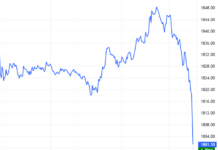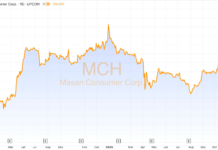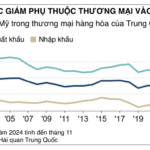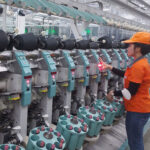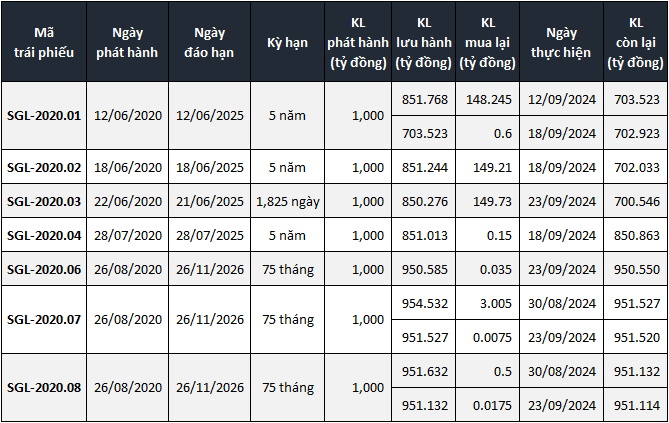A Challenge, but Also an Opportunity
Immediately after the White House published President Donald Trump’s executive order on adjusting tariff levels,
the business community was highly concerned.
Sharing with
Tien Phong
reporters, Mr. Tran Van Linh, Chairman of Thuân Phuoc Seafood and Trading Joint Stock Company, said that since the US accounts for about 50% of the company’s export turnover, any changes in this market greatly affect their business operations.
According to Mr. Linh, the retaliatory tariffs imposed by the US on different countries will have varying impacts on different industries and products, presenting both challenges and opportunities for businesses.
For instance, in the shrimp industry, the US imposes a 25% tariff on imports from India (excluding anti-dumping and countervailing duties that Indian shrimp are currently subject to). This rate is higher than that of competing countries like Ecuador and Vietnam.
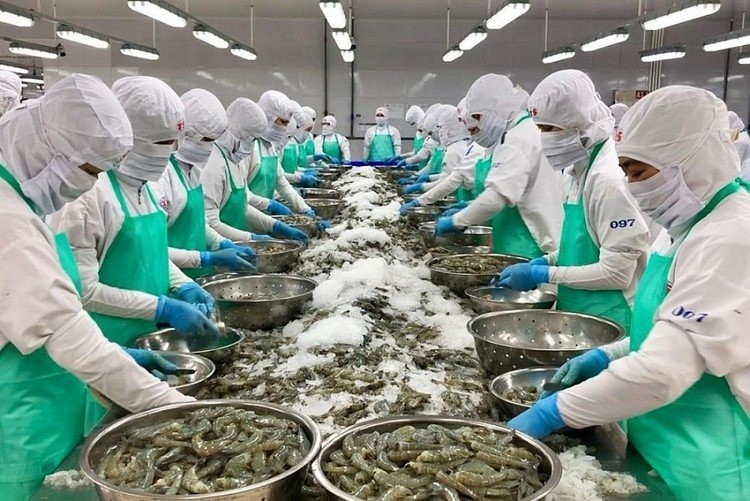
Vietnam’s processed and value-added shrimp exports to the US are expected to maintain their competitive advantage.
Ecuador, which enjoys the lowest tariff of 15%, mainly sells commodity or semi-processed shrimp to the US. Other suppliers, Thailand and Indonesia, face a 19% tariff: Thailand’s production is not significant, so it’s not a major concern; Indonesia has an advantage with its black tiger shrimp products, but they are subject to high anti-dumping duties.
“For Vietnam, the retaliatory tariff is 20%, but we focus on processed and value-added products. In the event of a decline in India’s market share, some orders may shift to Vietnam as our businesses already have an advantage in processed goods. However, some exporters of semi-processed products and whiteleg shrimp will face intense competition from Ecuador. The black tiger shrimp market will be a race with Indonesia,” Mr. Linh assessed, adding that they are carefully evaluating the impact to adjust their production and business plans accordingly.
In the textile and garment industry, the US imports from five main countries: China, Vietnam, India, Bangladesh, and Indonesia. Vietnam maintains an export share of over 20% in the US market, ranking second only to China.

The textile industry is expected to benefit as competitors like India and China face higher tariffs.
According to Mr. Truong Van Cam, Vice Chairman and General Secretary of the Vietnam Textile and Apparel Association, major competitors in the US market, such as China and India, now face higher tariffs, creating opportunities for other countries. Meanwhile, Vietnam and Bangladesh have agreed with the US to reduce the retaliatory tariff to 20%, intensifying the competition between the two countries.
“Bangladesh has the advantage of low production costs thanks to cheap labor and some self-sufficiency in fabric supply for garment manufacturing. However, since Vietnam’s textile and garment export structure to the US is similar to that of China, we have an advantage over Bangladesh in making up for the shortage of garment supplies,” said Mr. Cam.
Waiting for Further Negotiations and Exploring New Markets
Cashew exports to the US reached over $1 billion last year, so the new tariffs are expected to have a significant impact.
According to the Vietnam Cashew Association, the US is the top market for Vietnamese cashew nuts, accounting for about 25-27% of total exports. Previously, this product enjoyed a preferential tax rate of 0% when exported to the US. Now, the higher tariff will undoubtedly increase the price of goods, making it more difficult to compete in the US market.
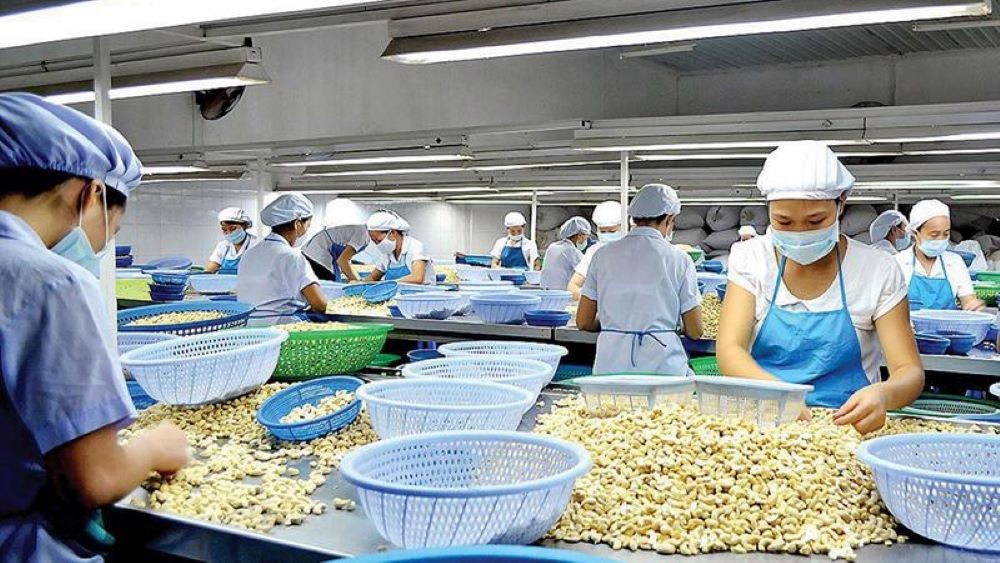
Cashew businesses are seeking to diversify their markets.
The Association assesses that Vietnamese cashew nuts exported to the US compete with products from India, Ivory Coast, and Brazil. These countries are among the world’s largest cashew producers and can offer similar products at competitive prices.
Specifically, Vietnam and India are the two largest cashew exporters globally, with India having a lower production cost advantage. Ivory Coast, one of Africa’s largest cashew producers, is also a formidable competitor in the US market, especially for raw cashew nuts. Brazil, with its vast production potential, is another potential rival in the US cashew market.
“The 20% tariff is still high, but it’s a positive sign for Vietnamese exports, especially since it has been significantly reduced from the initially proposed rate of 46%. Given this development, the Association is working with businesses to explore new markets, targeting potential regions like the Middle East and Central Asia to compensate for any decline in exports to the US,” said a representative of the Vietnam Cashew Association.
Mr. Ngo Sy Hoai, Vice Chairman and General Secretary of the Vietnam Timber and Forest Products Association, said that since April 8, wood and wood products exported to the US have been subject to investigation under Section 232 of the US Trade Expansion Act of 1964. Therefore, the industry will have to wait for the investigation’s conclusion instead of the retaliatory tariffs. In this case, there are two possible outcomes for the wood industry: imposing tariffs or granting import quotas. This is a significant challenge as the US accounts for over 50% of Vietnam’s total wood exports.
“Higher tariffs will likely lead to reduced consumer demand in the US. Therefore, the Vietnam Timber and Forest Products Association hopes for continued negotiations to further reduce tariffs. Businesses certainly anticipate further adjustments to the US tariff policy towards Vietnam through ongoing dialogues,” said Mr. Hoai.
Unlocking Trade Potential Along the Asia-Pacific Corridor: Vietnam’s Entry into the CPTPP
With the United Kingdom’s accession, the Comprehensive and Progressive Agreement for Trans-Pacific Partnership (CPTPP) has officially reached 12 members, accounting for approximately 15% of global GDP. This marks a turning point in international trade relations, offering extensive cooperation opportunities for member economies, including Vietnam.
China’s Trade Dependence on the US Plunges to a New Low
“This development comes as Beijing braces for the possibility of tariffs being imposed by U.S. President-elect Donald Trump when he assumes office on January 20th. With Trump’s return to the White House, there is anticipation and concern over potential new trade policies that could significantly impact China’s economy.”

